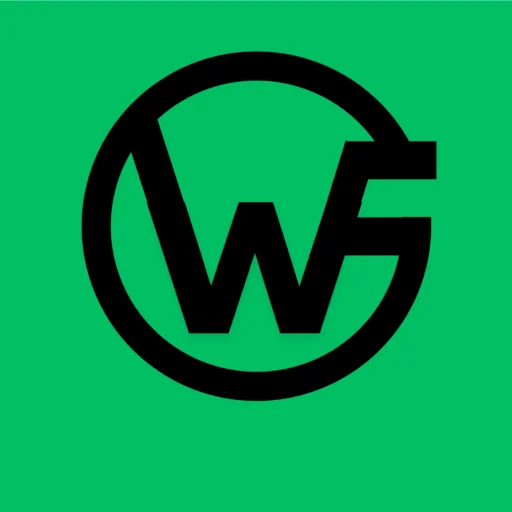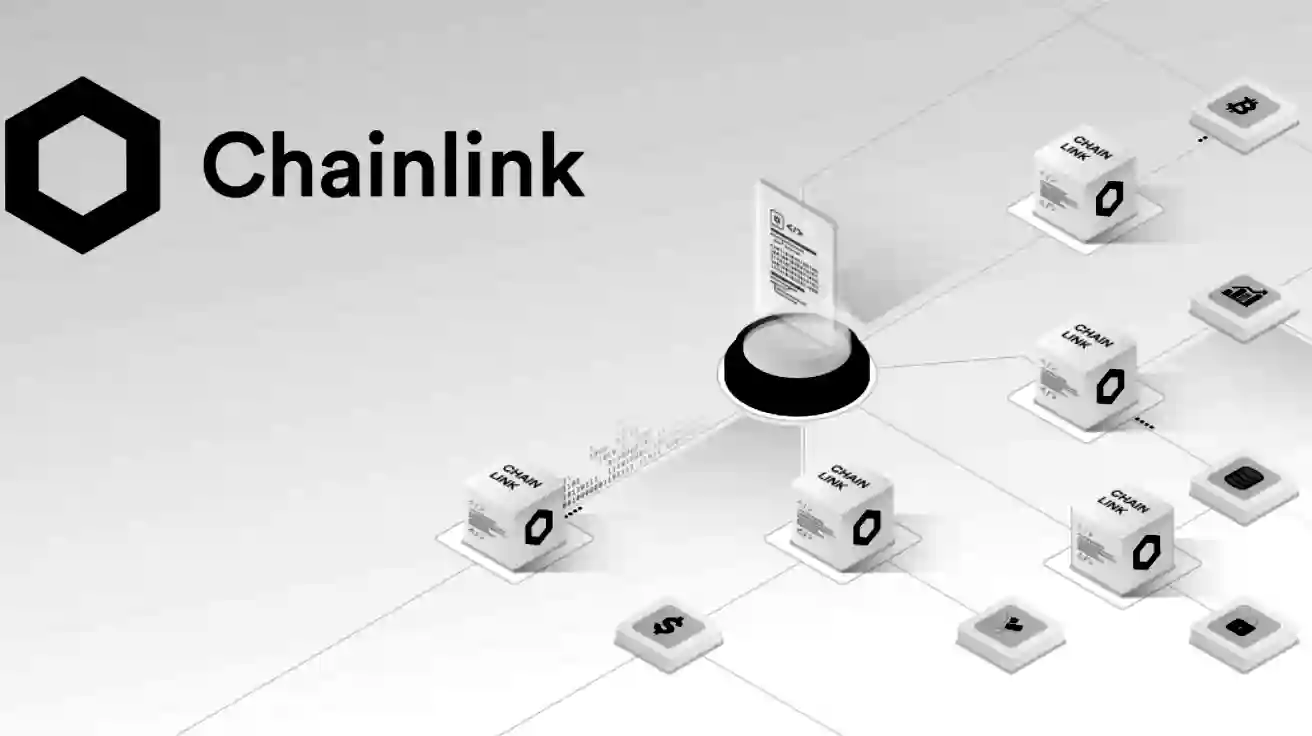In the evolving landscape of blockchain technology, one critical challenge has persisted: how can decentralized systems interact with real-world information? Enter Chainlink, a pioneering oracle network that has become the vital connective tissue between blockchain platforms and external data sources.
The Oracle Dilemma Solved
Blockchain networks, for all their revolutionary potential, operate in isolation from the outside world. This “oracle problem” represents a significant hurdle for smart contracts—self-executing agreements that form the backbone of decentralized applications. These contracts require trustworthy external data to trigger their execution.
Chainlink addresses this fundamental challenge by creating a decentralized network of oracles that source, verify, and deliver real-world information to blockchain environments. Rather than relying on a single, potentially compromised data provider, Chainlink aggregates information from more than 900 independent nodes, creating a robust verification system that maintains both accuracy and security.
A Network Built for Trust
Founded in 2017 by Sergey Nazarov and Steve Ellis, Chainlink has established itself as the leading oracle solution across the blockchain ecosystem. The network now supports over 14 blockchain platforms, including Ethereum, Avalanche, Polygon, and BNB Chain, serving more than 1,600 projects as of 2025.
Chainlink’s approach to decentralization stands as one of its defining features. In September 2023, co-founder Nazarov positioned Chainlink alongside Bitcoin and Ethereum as one of only three “meaningfully decentralized” blockchain projects—systems operating without centralized control points that could be compromised or censored.
The network maintains data integrity through multiple validation methods. Information from various nodes undergoes cryptographic signing and verification using sophisticated reputation systems, service agreements, and consensus mechanisms. Performance metrics track successful operations, response times, and overall reliability of participating nodes.
LINK: The Network’s Fuel
The Chainlink ecosystem is powered by its native cryptocurrency, LINK. This token serves multiple essential functions: compensating node operators for their services, securing the network through staking mechanisms, and creating economic incentives for honest participation.
Launched in September 2017 with a maximum supply cap of 1 billion tokens, LINK reached its historical peak of $52.70 in May 2021. By mid-February 2025, it was trading at approximately $17.20, reflecting the ongoing market value of Chainlink’s oracle services.
Real-World Impact
Chainlink’s practical applications extend across numerous industries. In 2021, the Associated Press demonstrated the technology’s potential by utilizing Chainlink to verify and distribute election results, sports outcomes, and financial reports to thousands of news outlets. This implementation showcased how blockchain oracles could establish the authenticity of critical information in an era of misinformation.
The technology enables sophisticated smart contract applications across various sectors:
- Financial services: Providing accurate price feeds for decentralized exchanges and lending platforms
- Insurance: Automating claims processing and enabling parametric insurance models
- Supply chain: Enhancing transparency and automation in logistics tracking
- Gaming: Offering verifiable randomness for fair gameplay mechanics
- Environmental monitoring: Delivering tamper-proof weather and climate data
Evolution and Future Direction
Since its inception, Chainlink has consistently expanded its capabilities. Key milestones include its 2019 mainnet launch on Ethereum, the 2021 publication of its “Chainlink 2.0” whitepaper outlining hybrid smart contracts, and the 2023 introduction of its Cross-Chain Interoperability Protocol (CCIP).
Recent partnerships highlight Chainlink’s growing institutional adoption. In November 2024, World Liberty Financial, a DeFi project associated with U.S. President Donald Trump, integrated Chainlink’s Ethereum price feeds. By January 2025, Ripple had partnered with Chainlink to enhance its RLUSD stablecoin’s functionality.
Looking ahead, Nazarov has emphasized Chainlink’s mission to bridge traditional finance and decentralized systems. In a January 2025 statement, he noted that “the challenge in 2025 will be to continue building what the DeFi community needs” while maintaining Chainlink’s security standards and expanding institutional adoption.
As blockchain technology continues its march toward mainstream integration, Chainlink’s oracle network stands as a crucial infrastructure component—the reliable messenger between the isolated blockchain world and the complex reality beyond.



